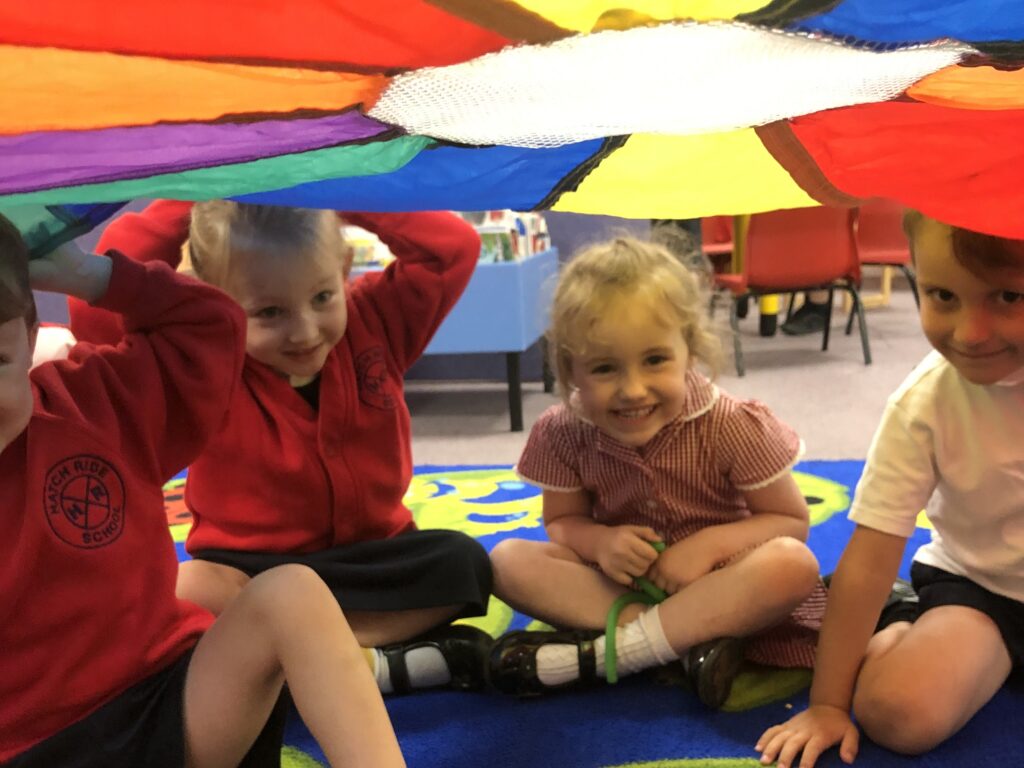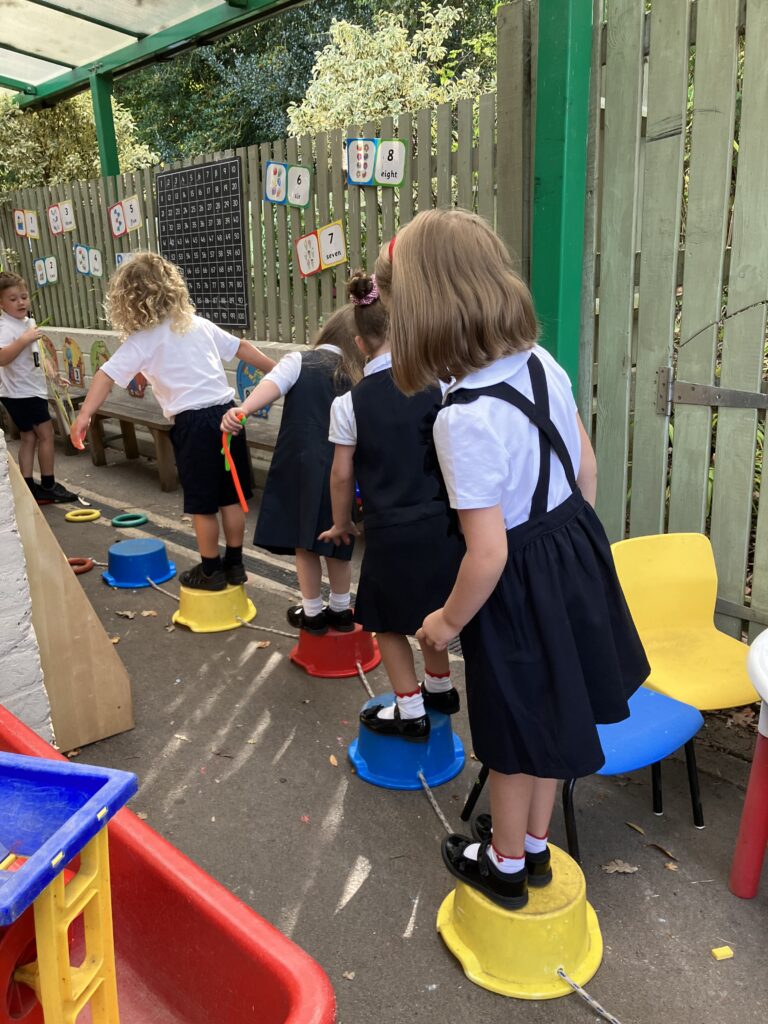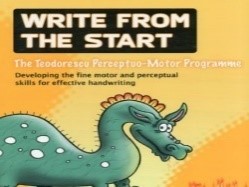Sensory processing refers to the way the nervous system receives messages from the senses and turns them into responses.. It involves the use of our senses including visual, auditory, smell, taste, touch, proprioception (body awareness) and vestibular (movement).


How do we support children with needs in this area?
Within normal classroom practice, children may adaptions to support their physical and sensory needs, such as fidget toys, wobble cushions, stand up writing desks, therabands and sensory or brain breaks. There may also be curriculum adaptions e.g. larger words on the board, interactive whiteboard mirroring on iPad, different colour of pen and different background used as necessary.
Targeted / Individualised Support:

An intervention to support skills for handwriting programme.

We have a variety of resources to create sensory circuits for children including soft play equipment, gym balls and Thera bands bands.
What can you do at home?
- Playing a variety of games that require co-ordination, balance, and ball skills e.g. catching and throwing, target practice, obstacle courses and swimming.
- Encouraging your child to be physically active and engage in sports outside of school.
- Playing with small toys and objects that can manipulate e.g. shape posting box, using scissors for arts and crafts, jigsaw puzzles, playdough.